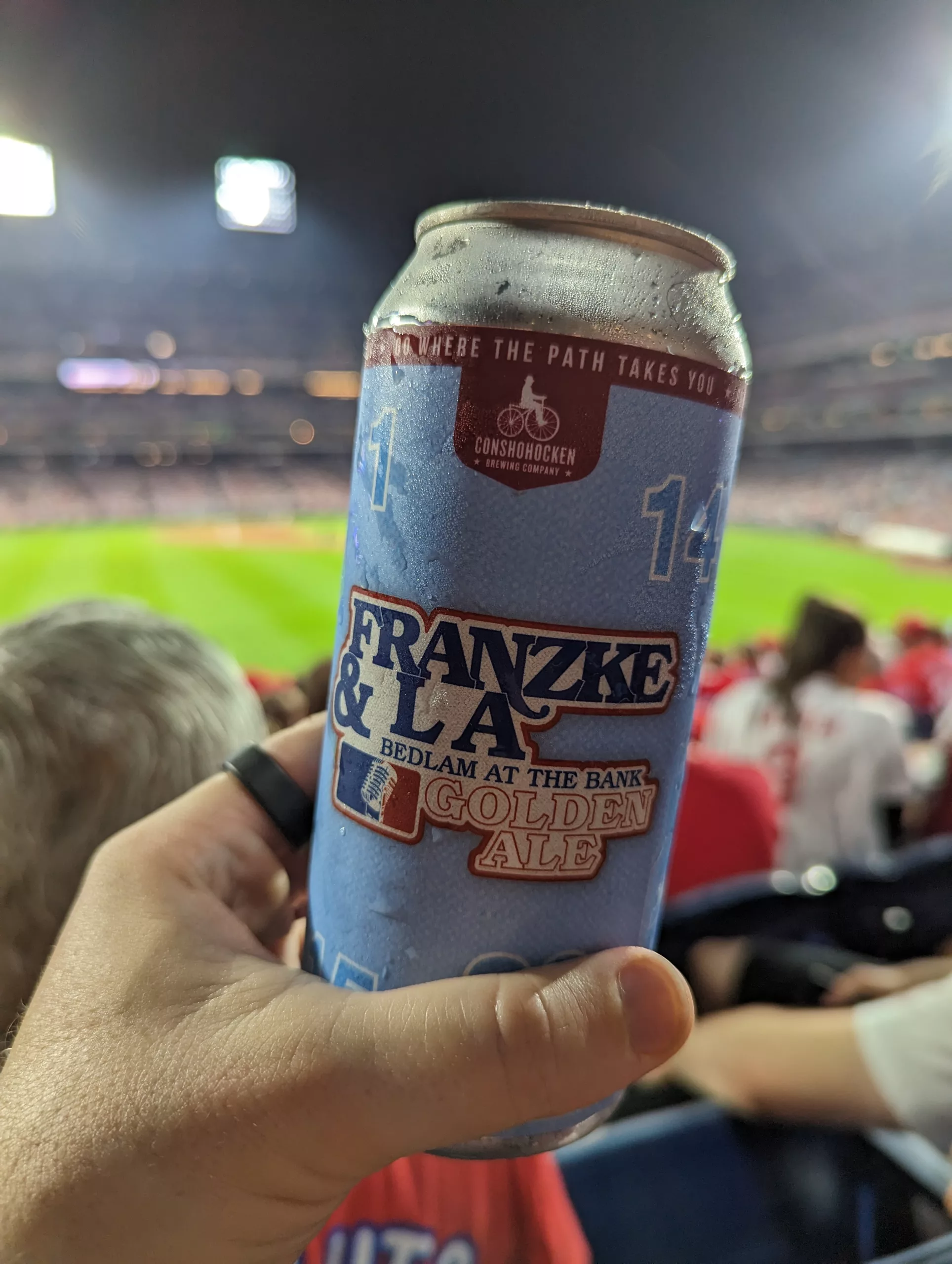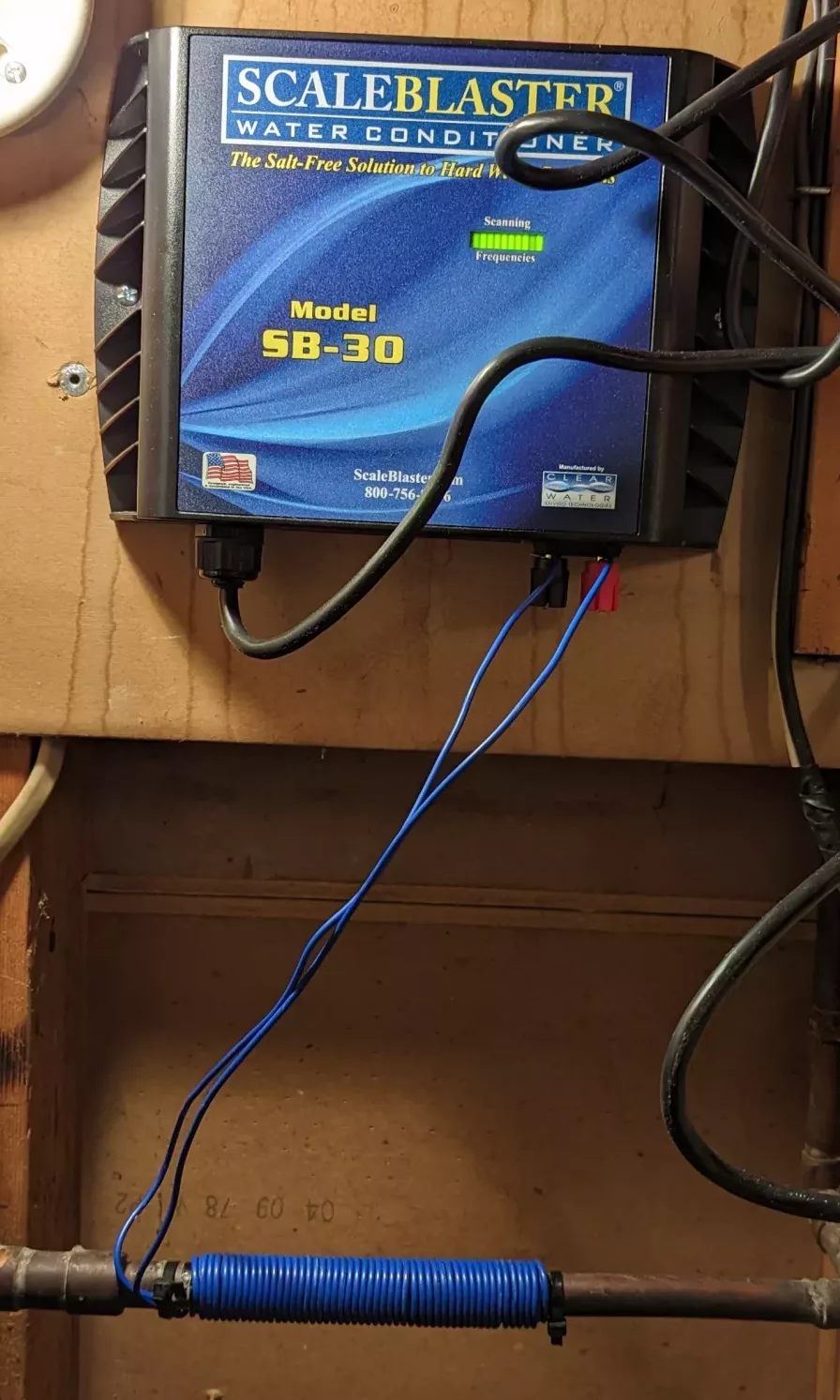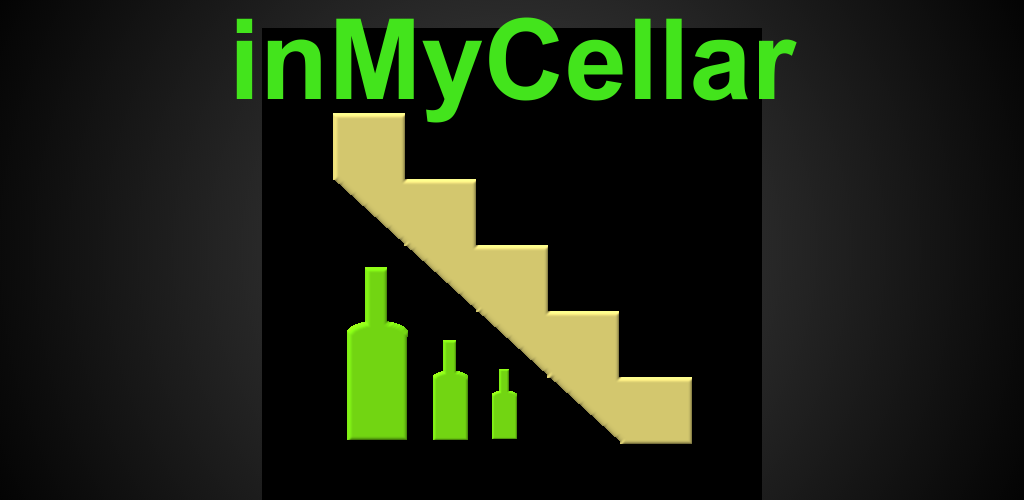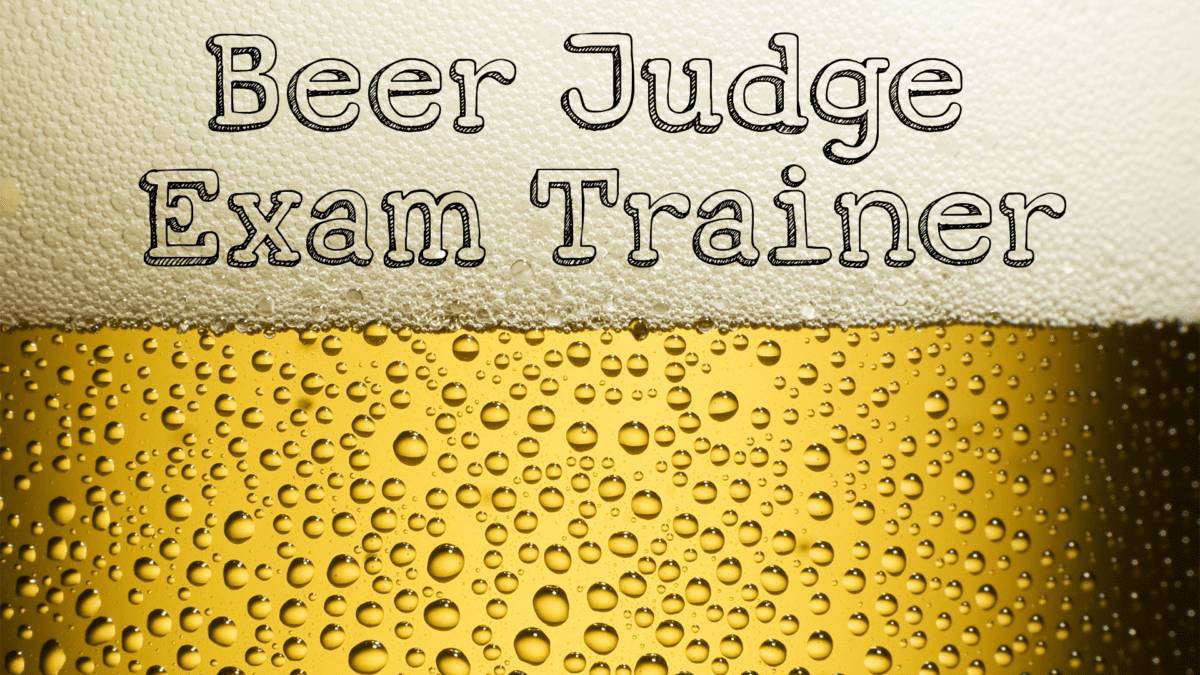I love beer… but I also strive to live the healthiest possible lifestyle. I often encounter people that think I’m embellishing my beer resume since I guess I don’t look/act like the typical 40+ year old beer drinker. I have enough proof that I’m not beefing up this resume 😁 Read on if you’re interested in understanding more how I combat the alcohol dichotomy in my life.
The Alcohol Dichotomy in my Life
There was a time where studies thought that drinking a small amount could have positive health benefits. Newer studies have been pointing more and more to there being zero level of alcohol that has health benefits. I’m such a fan of alcohol (especially beer) that I can’t really imagine a life without imbibing a bit. Dropping this vice, would likely make an immediate net positive increase in my health. Because of this, many people who know how much time and resources I spend on optimizing my health, ask me why I don’t do it. The simple answer is: I enjoy it immensely! That doesn’t mean that I don’t do things to make the most of the vice that is most detrimental to my health.
My love for Alcohol (Beer)
Beer is a weakness of mine. I love the taste and the variety. Even before Untappd gamified it, I was a big fan of the social aspect. The chemistry and biology involved in creating it throws me back to what it must have been like to be an alchemist. Understanding the history and geography of how ‘styles’ evolved lured me into becoming a beer judge. All of this led me to eventually holding beer education events and guided tastings.
Impact on Health
At the same time, more and more research is showing that no amount of alcohol is healthy. Ingesting it, in many ways, goes directly against every other thing I do throughout my day. This definitely puts me in an ugly situation. I’m going to argue that there is some good that comes from drinking beer. At the same time, I’m also going to enumerate the bad that I’ve seen as well. Keep in mind that everything I’m going to mention is either indisputable fact, or things that I’ve seen directly in my N=1 experiments.
The Bad
- Ethanol is undoubtedly a toxin to the human body. Your liver will go into overdrive the moment it detects its presence and will focus on eliminating it rather than on other more beneficial reactions that the liver is typically involved in.
- Alcohol dehydrates the human body. This is part of what often leads to the dreaded ‘hangover’.
- Alcohol is mostly an ’empty’ calorie. It’s also the most calorically dense macronutrient after fat (7 calories per gram). These calories add up!
- Alcohol negatively impacts sleep, HRV and heart rate. I’ve conducted numerous experiments related to this using my Oura ring. For me, crossing beyond two drinks within a few hours of going to bed is extremely detrimental to all of these biomarkers.
- Frequent drinking leads to a reduction in free testosterone. I’ve verified this through blood tests via InsideTracker.
- Heavy drinking seems to induce higher levels of anxiety and depression the day after. This is subjective as I have no objective way of measuring it.
- Beyond a point, drinking leads to poor decisions. These take many forms, but one of the worst for me in terms of health is that I find it very easy to choose less than ideal foods. This is exasperated by the fact that many places that serve alcohol rarely have healthy food choices to begin with.
- Drinking has a tendency to destroy any hope of being productive afterward. This is definitely the case for the day of drinking, but often the hangover effect makes it carry into the next day as well.
The Good
Despite this extensive list of bad things, there are a few things that I consider ‘good’ about drinking ‘real’ beer. I consider anything unfiltered, brewed without extra sweet adjuncts to be ‘real’ beer.
Real beer is a good source of B vitamins. This is a byproduct of the yeast used to make it. If you’re drinking beer that has had this filtered out, you’re not getting the goodness that you should from your favorite fermented beverage. There’s a reason why health conscious folks have been adding brewer’s yeast to their food for years.
I’ve noticed that ‘real’ beer (in moderation) seems to have a positive benefit on my gut health. I started by measuring this subjectively, but have since confirmed using Viome tests. Beer is fermented (hence a probiotic) and often is a rich source of polyphenols. Hops used in beer are a unique source of many plant compounds that have several health benefits.
Moderate drinking helps me keep my blood pressure lower. This is a fine line, one drink can easily put me over the edge and raise it instead. The occasional drink definitely seems to help with stress.
The biggest ‘pro’ of drinking beer to me is it’s positive impact on my mental health. Kicking back a few sessionable lagers with friends is one of my favorite ways of socializing.
Mitigating the Bad
Do the ‘pros’ of drinking beer outweigh the ‘cons’? Definitely not! Because of this, I’m always striving for new ways to mitigate the ‘bad’. Here are some of my tips and tricks.
Before Drinking
Mitigation starts long before you start drinking. First of all, to combat the productivity destroying aspects of a few drinks, I make sure to get all important things for the day out of the way before starting. Now before you start calling me Captain Obvious, note that this doesn’t just apply to work related items.
One of the highest priority things that I make sure before I go out for a few drinks is to make sure I get in a good resistance training. Now this won’t account for all the ’empty’ calories you’re about to consume, but getting your large muscle groups moving helps make the best of the large amount of carbohydrates that will soon be flooding your system. Didn’t ensure you did this before going out? I’ve found that something as simple as a few air squats and wall pushes in the bathroom seems to make a big difference.
Before going out, it also pays to eat something on the healthy side. This will hopefully make you less likely to gorge on more calorically dense, nutrient devoid bar food throughout the night.
If you’re into supplements, and a regular drinker, it helps to have a go to stack of liver builders to try to offset any damage to your liver that you’re likely causing. I have a group of things that works very well for me based on measuring blood levels of liver enzymes. I’ll also take a binder before leaving the house. I used to use activated charcoal exclusively, but recently have been preferring algae in the form of both chlorella and spirulina.
Finally, I’ve recently become a fan of ZBiotics. This probiotic that helps your body breakdown acetaldehyde has become a great tool for making my next day more productive.
While Drinking
I don’t really have anything groundbreaking to offer here. This is mostly all been said before. Stay hydrated! If water doesn’t always cut it for you, you can mix an electrolyte powder in every few glasses. Respiration helps to eliminate alcohol from your system, so if you can get some steps in while drinking, do it! I’ll also do my in bathroom workout routine throughout the night. Just a few wall pushes/air squats is all it takes!
After Drinking
Again, nothing that hasn’t been said before here… Remember how important hydration is? Keep doing it! Now is the time to replace electrolytes, B vitamins and magnesium. Definitely do not go to sleep right away! Try to put as much time between that last drink and sleep as you can because that’s going to negatively impact your next day.
If you’re interested in really taking things to the next level though, I recommend using much of my sauna cocktail (you can skip the niacin and taurine). I initially developed this to support detoxification pathways while in the sauna but in general it’s great overall liver support. In addition to this, I add glycine and NAC as these both upregulate the production of the most powerful endogenous antioxidant: glutathione. I’ve also started taking DHM at this point as well.
Other General Rules
I have a few other general rules. I feel like these rules have the biggest positive impact for me other than maybe the pro-liver supplements.
First, I try to always stick to ‘real’ beer, fresh from the source. I’ll sample a ‘lactose’ beer, but I’m avoiding drinking those by the glass. I want something as close to what my great great grandfather drank as possible.
I try to separate days where I have more than one drink by at least two days. In my experience, drinking more than this tends to start a negative trend with regards to body composition. There are likely several reasons for this. This could create a tendency to short your workout routine. There’s obviously the extra calories factor. I also feel that, at least for me, this seems to cause body changes that slow fat burning. I don’t have ways of easily measuring the biomarkers that I believe are involved, but the moment that I can, I plan to conduct an experiment into this.
Many people feel that day drinking is the ultimate Degen move. I drink during the day whenever possible. The detrimental impact of drinking on sleep is so obvious that I want to put as much time as possible between that last drink and bed. Just make sure that you shift your drinking window rather than elongating it 🤣
Always eat a healthy meal before drinking. If you must eat while you’re out, opt for healthier options. Stay away from the fried stuff and desserts. Avoid the pizza. Go for lean protein, undressed salads and sides of vegetables when possible
Conclusion
So there you have it. This is how I try to incorporate something that I love into my life while recognizing it as inherently ‘unhealthy’. Everything here allows me to go out for a few drinks while still remaining productive the next day. Maybe these things will work for you? Maybe you have something that you do that I haven’t tried? If so, drop me a line… or better yet, let’s discuss it over a ‘real’ beer!




